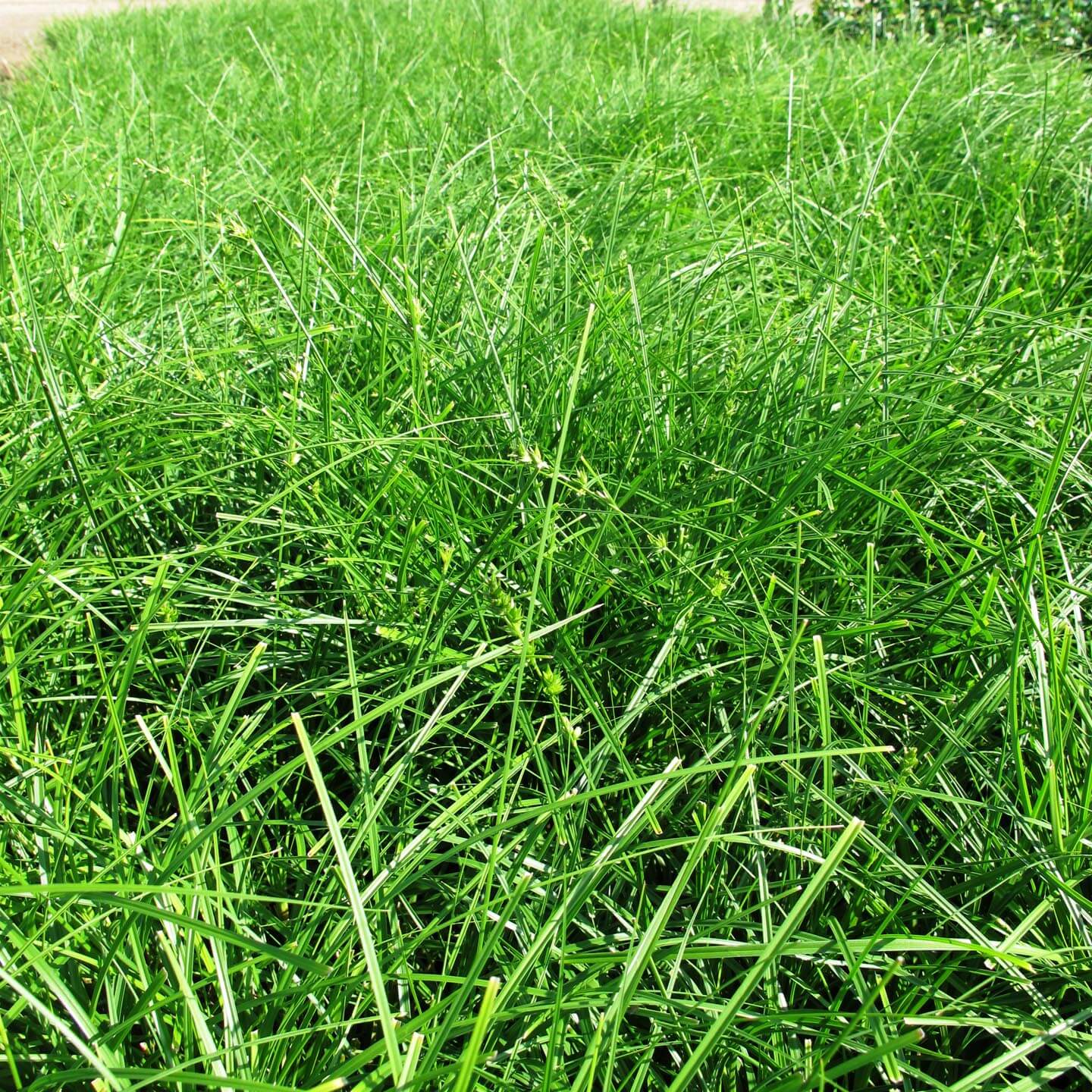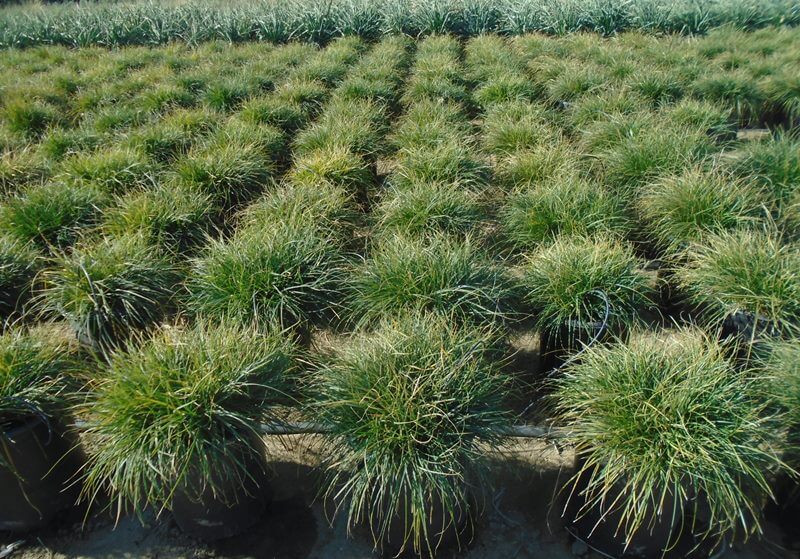



Boething Treeland Farms grows over 1,000 varieties of trees, shrubs, perennials and specialty plants on 10 California nurseries to serve the wholesale landscape and nursery industries throughout the Western United States and beyond.
Plant Type: Grasses and Grass-like
Evergreen-Deciduous: Evergreen
Overall Mature Size: Small
Also Grown As: Bush
Mature Height & Spread: 1-2' x x1-2'
Natural Growth Habit: Mounding, Clumping
Native To: Asia, Africa, Europe
Exposure: Full Sun, Partial Shade
Water: Medium Water, Low Water
Flower Color: Brown
Bloom Time: Spring, Summer
Special Features: Cold Hardy / Deer Resistant / Drought Resistant / Intermountain Conditions / Seacoast Conditions / Shade Tolerant
Container Sizes: #1, #5
Sunset Garden Zones: 2b-9, 11-24
USDA Hardiness Zone: 4-10
Carex divulsa, commonly known as European grey sedge or grassland sedge (and often sold commercially, though mistakenly, as “Berkeley sedge” or Carex tumulicola), is an adaptable, evergreen, perennial sedge native to Europe, northern Africa, and the Caucasus region. It is a clumping grass and can grow in a wide range of conditions, from full sun to shade, and tolerates both moist and drier soils. It produces insignificant bronze flowers in late spring to early summer and has dark brown fruit in summer. Inflorescences are a key difference between C. tumulicola and divulsa. C. tumulicola has a triangular cluster of dark spikelets at the top of the stem, whereas C. divulsa has longer, interrupted, pom-pom-like inflorescences with gaps (internodes) between the spikelets.
Carex divulsa, commonly known as European grey sedge or grassland sedge (and often sold commercially, though mistakenly, as “Berkeley sedge” or Carex tumulicola), is an adaptable, evergreen, perennial sedge native to Europe, northern Africa, and the Caucasus region. It is a clumping grass and can grow in a wide range of conditions, from full sun to shade, and tolerates both moist and drier soils. It produces insignificant bronze flowers in late spring to early summer and has dark brown fruit in summer. Inflorescences are a key difference between C. tumulicola and divulsa. C. tumulicola has a triangular cluster of dark spikelets at the top of the stem, whereas C. divulsa has longer, interrupted, pom-pom-like inflorescences with gaps (internodes) between the spikelets.